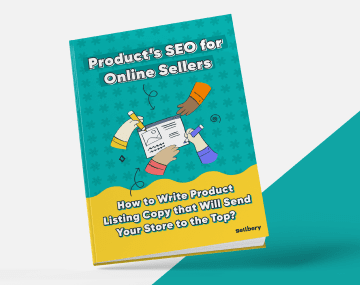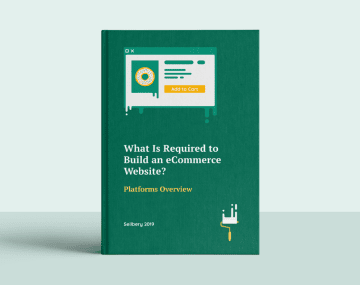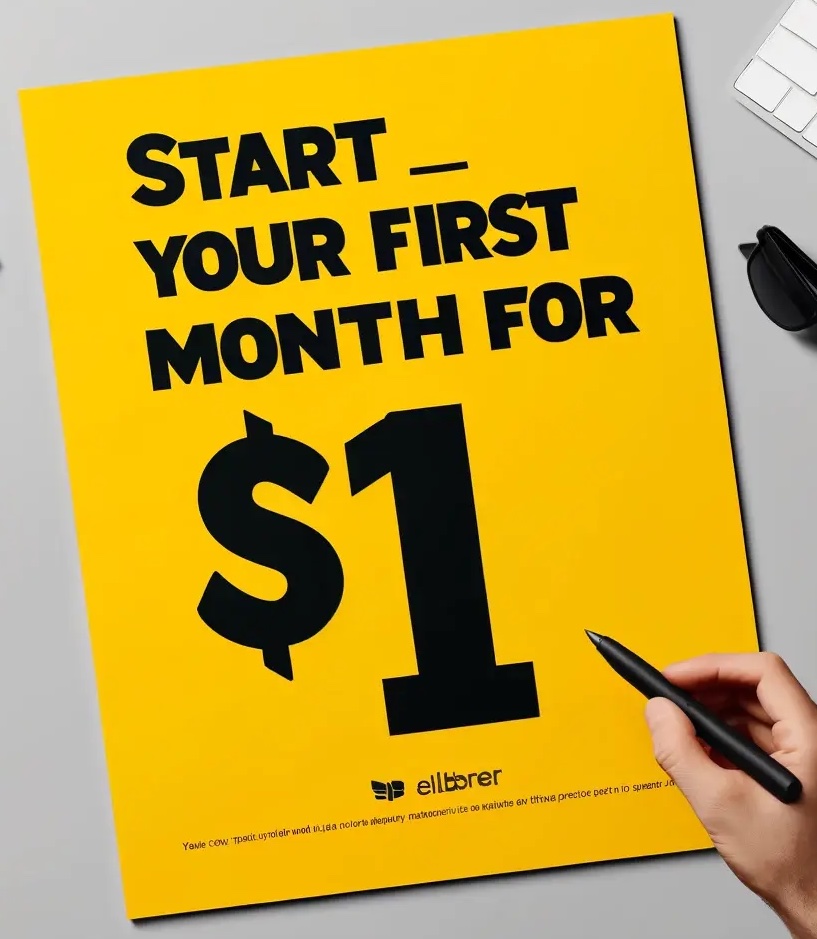
Compare platforms for selling mower replacement parts, focusing on audience reach, fees, ease of use, marketing tools, and customer service to optimize sales.
The demand for online sales of mower replacement parts has surged as more consumers turn to e-commerce for convenient and fast access to the components they need. Whether for routine maintenance or urgent repairs, buyers are increasingly preferring to browse and purchase parts from digital marketplaces over traditional brick-and-mortar stores. For sellers, this trend presents a lucrative opportunity—but choosing the right platform is crucial for business success. The ideal platform can maximize visibility, streamline operations, and enhance profitability, while a poor choice could limit growth or increase costs.
This article explores popular platforms for selling mower replacement parts, comparing their features, fee structures, audience reach, ease of use, marketing capabilities, and customer service support. Understanding these aspects will help sellers make an informed decision tailored to their business model and goals.
Overview of Popular Platforms
Several online platforms have become go-to destinations for sellers in the mower parts niche, each with its unique strengths.
eBay has long been a popular marketplace for new and used parts, offering access to a vast audience and auction-style listings. Its flexibility makes it suitable for sellers handling diverse inventories, including rare or discontinued items.
Amazon boasts enormous traffic and a trusted buying experience, making it attractive for sellers focused on new parts. Amazon’s fulfillment services can also ease logistics, although the competition is fierce.
Shopify empowers sellers to create personalized online stores, offering complete control over branding and the overall customer experience. This platform is ideal for businesses seeking long-term growth and direct customer relationships.
Etsy is less conventional for mower parts but can be a good fit for niche or used parts, especially those with a vintage or handcrafted appeal.
Specialized equipment marketplaces, such as those dedicated solely to lawn and garden tools or mower parts, cater to highly targeted buyers. These platforms often provide expert communities and specialized search filters.
When listing parts such as a lawn mower belt, sellers on these platforms must consider how product discoverability and audience targeting differ widely.
Fee Structures and Profit Margins
Understanding fees is vital, as they directly impact profit margins.
On eBay, sellers pay listing fees depending on the number of items and category, plus a final value fee based on the sale price. There may be additional charges for premium listing options, which enhance visibility but also increase costs.
Amazon charges referral fees as a percentage of each sale, which vary by product category, and monthly subscription fees for professional sellers. Fulfillment by Amazon (FBA) incurs separate storage and handling fees.
Shopify operates on a monthly subscription basis, with fees depending on the plan. Sellers also pay transaction fees unless they use Shopify Payments. The absence of per-item listing fees means sellers with high volumes can save money.
Etsy charges listing fees per item and takes a commission on sales, as well as payment processing fees. The lower volume of buyers can impact the speed of turnover.
Specialized marketplaces vary widely; some charge monthly fees, others commission on sales, and some use a hybrid model.
Ultimately, profitability depends on balancing these costs against sales volume and pricing power, making it essential for sellers to carefully analyze their expected transaction levels.
Audience and Traffic Potential
Different platforms attract different types of buyers and varying volumes.
eBay’s large, diverse audience includes bargain hunters and collectors. Its auction format can drive competitive pricing but may not always align with buyers seeking immediate purchase.
Amazon attracts buyers with strong purchase intent, often looking for quick delivery and trusted sellers. The sheer volume of traffic offers high visibility but comes with intense competition.
Shopify relies on sellers driving their traffic through marketing, SEO, and social media. While this requires effort, it gives sellers control over who sees their products.
Etsy caters to a niche demographic interested in unique or vintage items, which can be a boon for sellers of specialized or hard-to-find parts, such as those for mowers.
Specialized marketplaces attract highly targeted buyers, often with in-depth knowledge of mower equipment, which can translate into higher conversion rates despite lower traffic volume.
Organic reach varies: Amazon and eBay provide built-in audiences, while Shopify and Etsy depend more on sellers’ marketing efforts. Paid reach through advertising tools also differs, which impacts overall visibility.
Ease of Use and Setup
Platform usability influences how quickly sellers can launch and manage their stores.
eBay offers a straightforward seller dashboard with tools for listing, inventory management, and sales tracking. However, complex fee structures and policies may require learning.
Amazon offers comprehensive seller support and inventory integration, but it has a steeper learning curve, particularly with FBA logistics and compliance requirements.
Shopify shines with its intuitive store builder, customizable templates, and integration with various inventory and shipping systems. It’s ideal for sellers wanting a branded online presence.
Etsy has simple setup procedures, though its interface is designed for creative products rather than industrial parts.
Specialized platforms often include industry-specific tools but may have limited integrations or less polished user interfaces.
Marketing and Visibility
How a platform supports marketing efforts can make or break sales success.
eBay offers promoted listings and sponsored ads, helping sellers increase the visibility of their products. SEO within the platform also affects product ranking.
Amazon offers advanced advertising options, including sponsored products and brand stores, which can significantly boost discoverability if managed effectively.
Shopify relies heavily on external marketing, supporting SEO-friendly URLs, blogging, email marketing integrations, and paid ad campaigns.
Etsy offers built-in promotion tools and robust community features to help sellers connect with niche buyers.
Specialized marketplaces may offer targeted advertising within the industry but usually lack broader marketing tools.
SEO capabilities vary widely. Shopify offers the most control, while Amazon and eBay are limited to their algorithms.
Customer Service and Dispute Handling
Reliable customer support and clear dispute policies protect sellers and foster buyer trust.
eBay has well-established seller protection programs and dispute resolution processes but requires adherence to strict rules to avoid penalties.
Amazon is known for its buyer-friendly policies, which can sometimes challenge sellers, but also provides extensive seller support resources.
Shopify leaves customer service to the seller but offers platform support for technical issues.
Etsy mediates disputes with an emphasis on community standards.
Specialized marketplaces vary, but they often have smaller support teams, which can result in less responsiveness.
Conclusion
Each platform offers distinct advantages and challenges for selling mower replacement parts.
eBay provides a broad audience and flexible listings but requires careful fee management. Amazon generates immense traffic and powerful advertising but at the cost of fierce competition and high fees. Shopify offers total control and branding potential, demanding more seller-driven marketing efforts. Etsy suits niche or used parts with a unique buyer base, while specialized marketplaces connect sellers with highly targeted, knowledgeable customers.
Choosing the right platform depends on your inventory, target market, business scale, and marketing capacity. A clear understanding of fee structures, audience fit, ease of use, marketing tools, and customer service will help you optimize your sales and grow your mower replacement parts business successfully.
Was this news helpful?






 Yes, great stuff!
Yes, great stuff! I’m not sure
I’m not sure No, doesn’t relate
No, doesn’t relate



